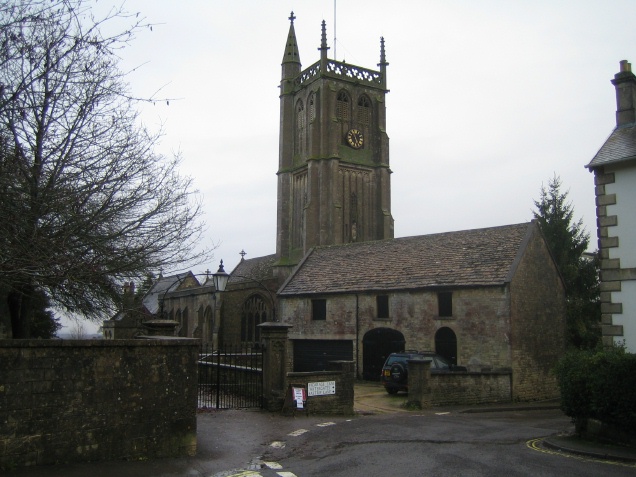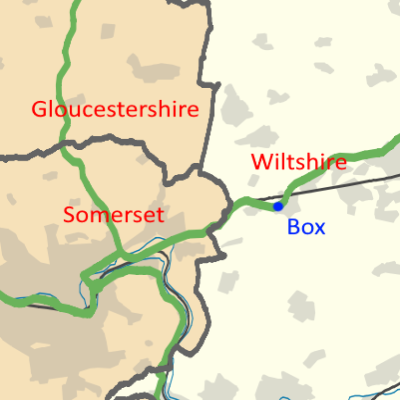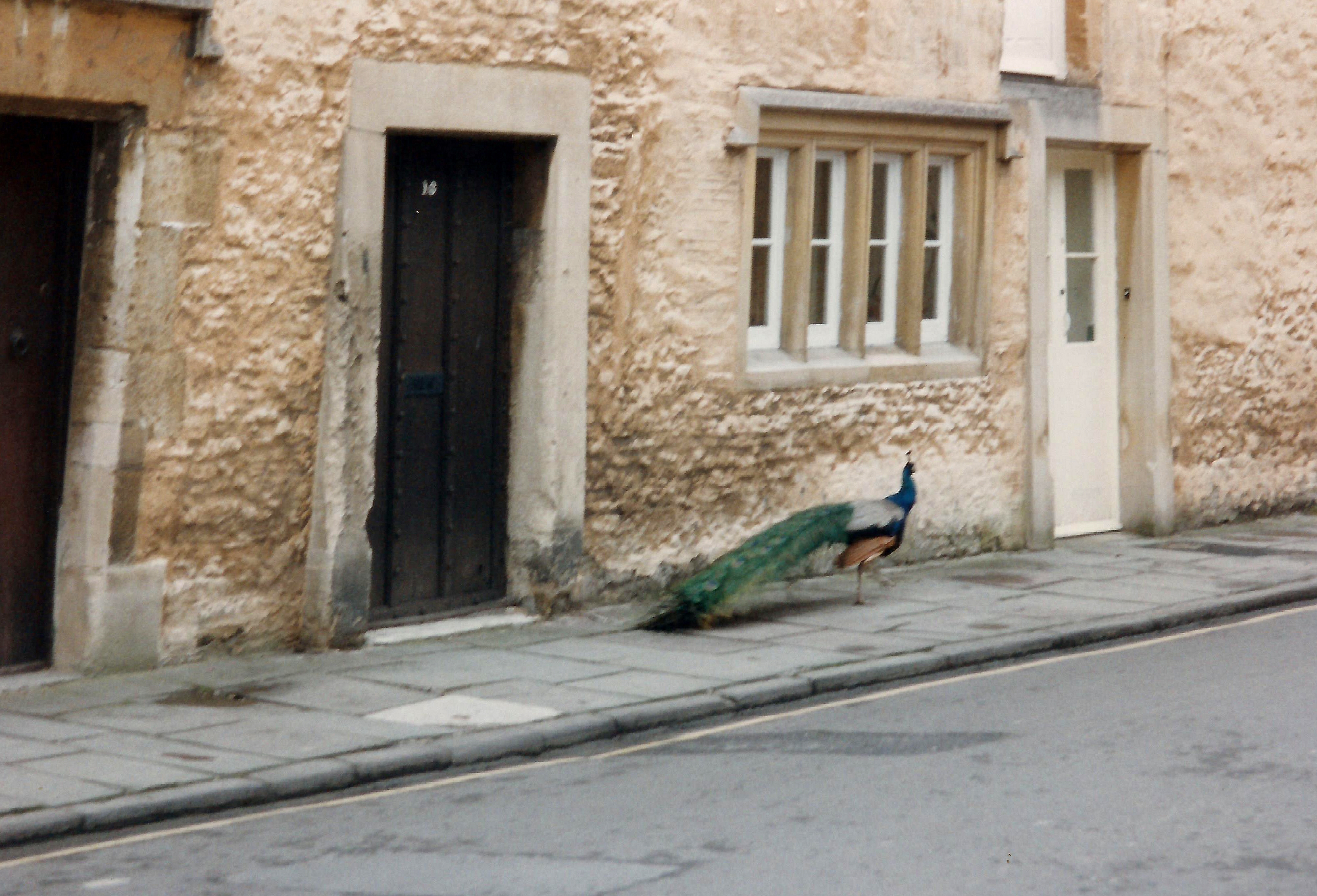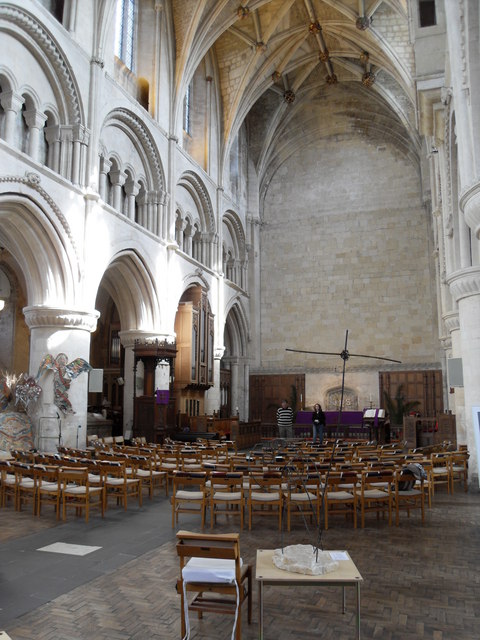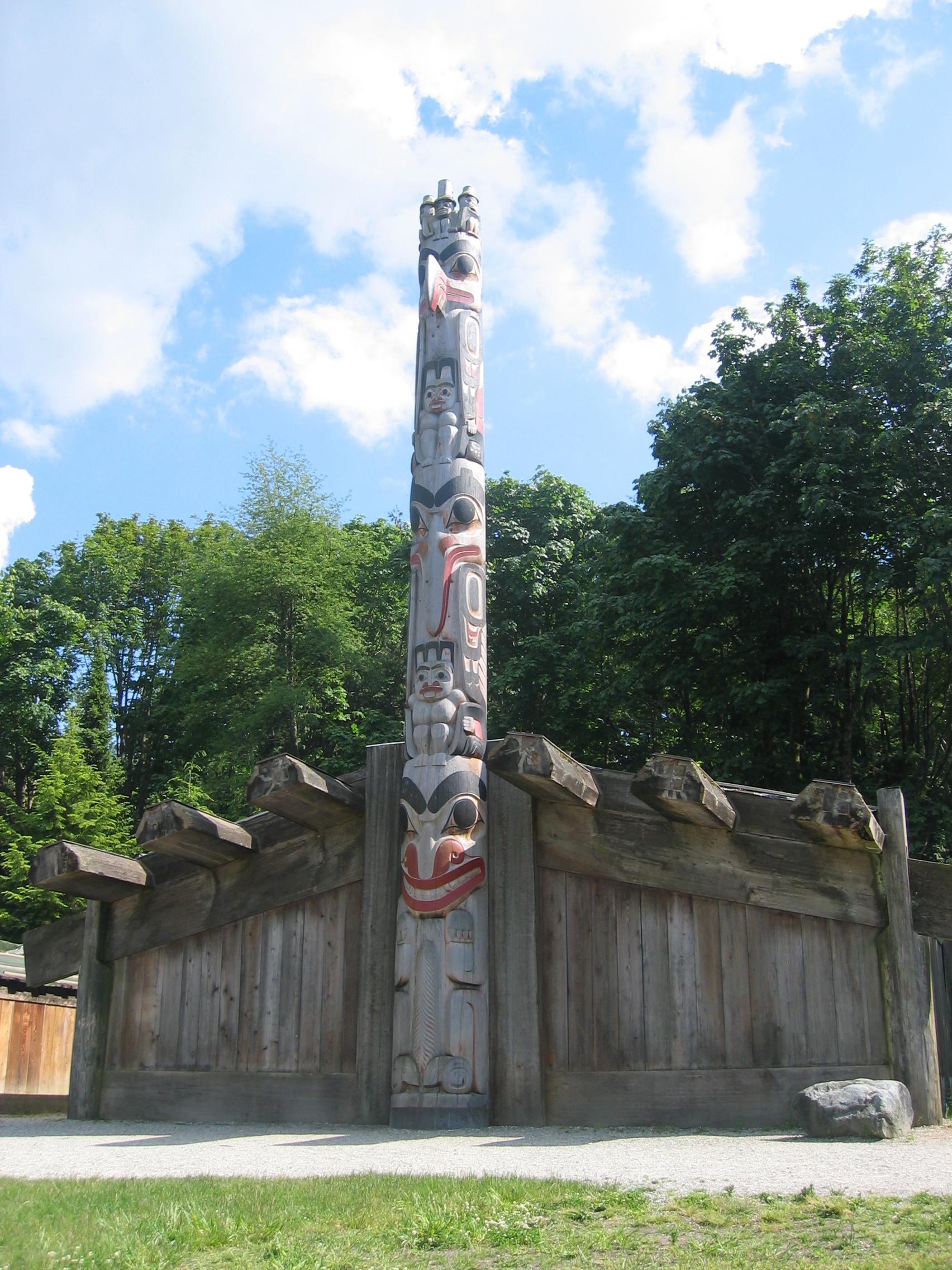|
Colerne
Colerne is a village and civil parish in north Wiltshire, England. The village is about west of the town of Corsham and northeast of the city of Bath. It has an elevated and exposed position, above sea level, and overlooks the Box valley to the south (where Brunel's Box Tunnel is). The parish includes the hamlets of Eastrip and Thickwood. It is bounded to the west by a stretch of the Fosse Way Roman road, which forms the county boundary with Gloucestershire, and to the east by the Bybrook River. Part of the northern boundary is the Doncombe Brook, a tributary of the Bybrook, and part of the southern boundary is the Lid Brook, another tributary. History Evidence of early settlement in the area includes three bowl barrows near Thickwood, overlooking the Bybrook valley, and an Iron Age hillfort from around 100 BC in the north of the parish, known as Bury Wood Camp, overlooking the Doncombe valley. A Roman villa has been found on the site of the present airfield. The 1086 ... [...More Info...] [...Related Items...] OR: [Wikipedia] [Google] [Baidu] |
RAF Colerne
Royal Air Force Colerne or more simply RAF Colerne is a former Royal Air Force station which was on the outskirts of the village of Colerne in Wiltshire, England, and was in use from 1939 to 1976. The site is now known as Azimghur Barracks and is home to 21 Signal Regiment, Royal Signals and 93 (City of Bath) Air Training Corps detached flight. History Second World War Originally there had been a farm called Doncombe and a vineyard on the site of the airfield, the names of Doncombe Lane and Doncombe Hill being the last link to the farm. From 1940 to 1955 RAF Fighter Command units were based here. During the Battle of Britain the airfield served as a satellite field to RAF Middle Wallop, and squadrons rotated back and forth from there on a daily basis. Later it was a training station for night fighter navigators. Using the latest night fighter procedures, the unit involved was No. 238 Operational Conversion Unit RAF from June 1952 until January 1957 and Bristol Brigand tw ... [...More Info...] [...Related Items...] OR: [Wikipedia] [Google] [Baidu] |
Bybrook River
The Bybrook, also known as the By Brook, is a small river in England. It is a tributary of the Bristol Avon and is some long. Its sources are the Burton Brook and the Broadmead Brook, which rise in South Gloucestershire at Tormarton and Cold Ashton respectively, and join just north of Castle Combe in Wiltshire. The river has a mean flow rate of as recorded at Middlehill near Box. A variety of flora and fauna is supported by the river including the endangered white-clawed crayfish. Twenty watermill sites have been identified on the river but none now remain in use. Course The Burton Brook rises near Lower Lapdown Farm at Tormarton and runs in an easterly direction towards the village of Burton on the Gloucestershire-Wiltshire border. The Broadmead Brook rises at Folly Farm at Cold Ashton and runs eastwards south of the Burton Brook; the two join below Gatcombe Hill, just north of the Wiltshire village of Castle Combe, at the beginning of a steep valley. The Bybrook now flows ... [...More Info...] [...Related Items...] OR: [Wikipedia] [Google] [Baidu] |
Box, Wiltshire
Box is a large village and civil parish within the Cotswolds Area of Outstanding Natural Beauty in Wiltshire, England, about west of Corsham and northeast of Bath. Box also falls in the easternmost part of the Avon Green Belt. Besides the village of Box, the parish includes the villages of Ashley and Box Hill; Hazelbury manor; and the hamlets of Alcombe, Blue Vein, Chapel Plaister, Ditteridge, Henley, Kingsdown, Middlehill, and Wadswick. To the east the parish includes much of Rudloe, formerly a hamlet but now a housing estate, and the defence establishments and related businesses on the site of RAF Rudloe Manor. Occupation here dates back at least to Roman times. The area is known for its fine stone and for centuries Box quarries were famous for their product. Today Box is perhaps better known for its Brunel-designed Box railway tunnel. Box has been twinned with Sorigny, a commune in central France, since 2016. Geography Box lies in Wiltshire, close to the bounda ... [...More Info...] [...Related Items...] OR: [Wikipedia] [Google] [Baidu] |
21st Signal Regiment (United Kingdom)
21 Signal Regiment is a signal regiment of the Royal Corps of Signals within the British Army. The regiment was, until the initial Army 2020 reforms, the only signal regiment to support the Royal Air Force. It has recently reformed as the Army's second Electronic Warfare Regiment, since 01st September 2023. History The regiment can trace its roots to the 12th (Air Formations) Signals formed in 1943. Each Royal Air Force group was assigned an Air Formation Regiment to the 21st Army Group. The regiment was divided into two companies in 1944 upon moving into France, namely: * 2nd Tactical Air Force Main Company * 2nd Tactical Air Force Reserve Company At the end of the Second World War, the regiment's two companies were stationed at Bad Eilsen and Bueckeburg in Western Germany. From 1952 to 1954 the squadron supported the West Germany-based No. 83 Group RAF. In 1959, the 11th Air Formation Support and 12th Air Formation Support Signals Regiment were hurriedly deployed to ... [...More Info...] [...Related Items...] OR: [Wikipedia] [Google] [Baidu] |
Lucknam Park
Lucknam Park is a luxury hotel, spa and restaurant in west Wiltshire, England, about north-west of Corsham and north-east of Bath. The core of its building is a Grade II listed country house built in the late 17th or early 18th century. The hotel's restaurant has held one star in the Michelin Guide since 2006. House A farm on the site, about north of Colerne village, was bought in 1688 by James Wallis, a wealthy Trowbridge cloth manufacturer who had also purchased the nearby manors of North Wraxall and Biddestone. He began construction of the mansion which was probably completed by his son Ezekiel. The property later had a succession of owners, including the Methuen family in the late 18th century and the Walmesley family from 1870 to 1918. John Walmesley (c.1775–1873) of Preston, Lancashire married Ellen, daughter of Richard Godolphin Long of Rood Ashton House, Wiltshire; their son Richard (1816–1893), lawyer and JP, is described as "of Lucknam". The two-storey Wallis ho ... [...More Info...] [...Related Items...] OR: [Wikipedia] [Google] [Baidu] |
Corsham
Corsham is a historic market town and civil parish in west Wiltshire, England. It is at the south-eastern edge of the Cotswolds, just off the A4 national route, southwest of Swindon, southeast of Bristol, northeast of Bath and southwest of Chippenham. Historically, Corsham was a centre for agriculture and later, the wool industry, and remains a focus for quarrying Bath Stone. It has several notable historic buildings; among them the stately home of Corsham Court. During the Second World War and the Cold War it became a major administrative and manufacturing centre for the Ministry of Defence, with numerous establishments both above ground and in disused quarry tunnels. The parish includes the villages of Gastard and Neston, which is at the gates of the Neston Park estate. History Corsham appears to derive its name from ''Cosa's hām'', "ham" being Old English for homestead, or village. The town is referred in the Domesday book as ''Cosseham''; the letter 'R' appea ... [...More Info...] [...Related Items...] OR: [Wikipedia] [Google] [Baidu] |
North Wiltshire (UK Parliament Constituency)
North Wiltshire is a constituency represented in the House of Commons of the UK Parliament since 1997 by James Gray, a Conservative. In the period 1832–1983, this was an alternative name for Chippenham or the Northern Division of Wiltshire and as Chippenham dates to the original countrywide Parliament, the Model Parliament, this period is covered in more detail in that article. In 2016 it was announced that the North Wiltshire constituency would be scrapped as part of the planned 2018 Constituency Reforms. Boundaries 1832–1885: The Hundreds of Chippenham, North Damerham, Bradford, Melksham, Potterne and Cannings, Calne, Selkley, Ramsbury, Whorwelsdown, Swanborough, Highworth, Cricklade and Staple, Kingsbridge, and Malmesbury. 1983–1997: The District of North Wiltshire. 1997–2010: The District of North Wiltshire wards of Allington, Ashton Keynes, Audley, Avon, Box, Bremhill, Brinkworth, Colerne, Corsham, Crudwell, Hill Rise, Hilmarton, Kington Langley, Kington St Mi ... [...More Info...] [...Related Items...] OR: [Wikipedia] [Google] [Baidu] |
Malmesbury Abbey
Malmesbury Abbey, at Malmesbury in Wiltshire, England, is a religious house dedicated to Saint Peter and Saint Paul. It was one of the few English houses with a continuous history from the 7th century through to the dissolution of the monasteries. Monastic history In the later seventh century, the site of the Abbey was chosen by Maildubh, an Irish monk who established a hermitage, teaching local children. Toward the end of his life, in the late seventh century, the area was conquered by the Saxons.''Blackwell Encyclopedia of Anglo Saxon England'', p. 209. Malmesbury Abbey was founded as a Benedictine monastery around 676 by the scholar-poet Aldhelm, a nephew of King Ine of Wessex. The town of Malmesbury grew around the expanding Abbey and under Alfred the Great was made a burh, with an assessment of 12 hides. In AD 941, King Æthelstan was buried in the Abbey. Æthelstan had died in Gloucester in October 939. The choice of Malmesbury over the New Minster in Winchester indicat ... [...More Info...] [...Related Items...] OR: [Wikipedia] [Google] [Baidu] |
Longhouse
A longhouse or long house is a type of long, proportionately narrow, single-room building for communal dwelling. It has been built in various parts of the world including Asia, Europe, and North America. Many were built from timber and often represent the earliest form of permanent structure in many cultures. Types include the Neolithic long house of Europe, the Norman Medieval Longhouses that evolved in Western Briton (''Tŷ Hir)'' and Northern France ('' Longère)'' and the various types of longhouse built by different cultures among the indigenous peoples of the Americas. Europe *The Neolithic long house type was introduced with the first farmers of central and western Europe around 5000 BCE, 7,000 years ago. These were farming settlements built in groups of six to twelve and were home to large extended families and kin. *The Germanic cattle-farmer longhouses emerged along the southwestern North Sea coast in the third or fourth century BCE and may be the ancestors of se ... [...More Info...] [...Related Items...] OR: [Wikipedia] [Google] [Baidu] |
RAF Transport Command
RAF Transport Command was a Royal Air Force command that controlled all transport aircraft of the RAF. It was established on 25 March 1943 by the renaming of the RAF Ferry Command, and was subsequently renamed RAF Air Support Command in 1967. History Second World War During the Second World War, it at first ferried aircraft from factories to operational units and performed air transport. Later it took over the job of dropping paratroops from Army Cooperation Command as well. Transport Command was the only RAF command in to which aircrew originating in the Caribbean were not posted due to the fact that they might be required to fly to the United States where racial discrimination was legally entrenched at the time. In June 1944 the Command was made up of No. 38 Group RAF; No. 44 Group RAF; No. 45 Group RAF; No. 46 Group RAF; No. 216 Group RAF; No. 229 Group RAF; No. 114 Wing RAF, and No. 116 Wing RAF at RAF Hendon. No. 44 Group - HQ at Gloucester * "In the early days of ... [...More Info...] [...Related Items...] OR: [Wikipedia] [Google] [Baidu] |
